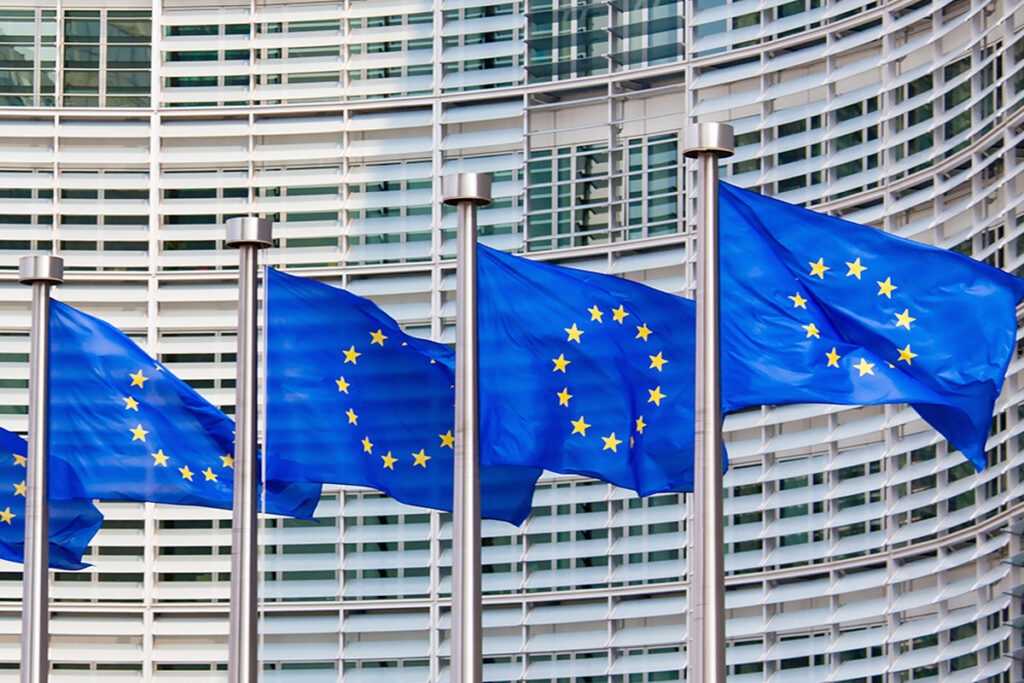The European Union is at a decisive moment in its ambitious endeavor to regulate the rapidly evolving field of artificial intelligence, particularly generative AI technologies. This critical phase in finalizing the details of the Artificial Intelligence Act coincides with the rapid advancement of generative AI technologies, like OpenAI’s ChatGPT and Google’s Bard, placing the EU at the forefront of global tech regulation.
Originally introduced in 2019, the AI Act was set to become the first comprehensive AI legislation worldwide, reinforcing the EU’s position as a leader in tech industry governance. However, the Act’s progression faces challenges, mainly due to divergences in managing general-purpose AI services, which are rapidly advancing and widely applied.
At the heart of the EU’s deliberations is a balancing act between fostering innovation and ensuring robust safeguards. While big tech firms advocate for flexible regulations to avoid stifling innovation, EU lawmakers are inclined towards stringent controls to manage these advanced systems.
Globally, there’s an accelerating race to establish AI regulations, with major players like the U.S., U.K., China, and groups such as the G7 actively crafting their own frameworks. This underscores the urgency to address the profound risks associated with generative AI, both existential and practical.
For the EU’s AI Act, a significant hurdle has been adapting to the dynamic nature of generative AI. This technology, capable of outputs akin to human creation, has shifted the focus of the Act from mere product safety to grappling with the complexities of foundation models, which have broadened AI’s capabilities far beyond traditional rule-based systems.
The discourse also includes corporate governance in AI, highlighting the risks of self-regulation and its impact on AI safety and ethics. In this regard, major EU economies like France, Germany, and Italy have favored self-regulation to support their domestic AI industries, reflecting a strategy to challenge U.S. dominance in previous tech sectors.
The regulation of foundation models poses a particularly complex challenge due to their versatile applications, questioning the Act’s original risk-based framework and suggesting the need for a more nuanced regulatory approach.
Moreover, the Act grapples with the contentious issue of real-time public facial recognition technology. While there’s advocacy for its limited use in law enforcement, concerns over mass surveillance and privacy infringement persist.
With the 2024 European Parliament elections approaching, the EU is under pressure to finalize the Act. Delays beyond this deadline could lead to a shift in legislative priorities under new EU leadership.
The EU’s AI Act is at a crucial crossroad. Its outcome will not only determine Europe’s approach to AI but also set a precedent for global standards in this increasingly essential technology domain.


